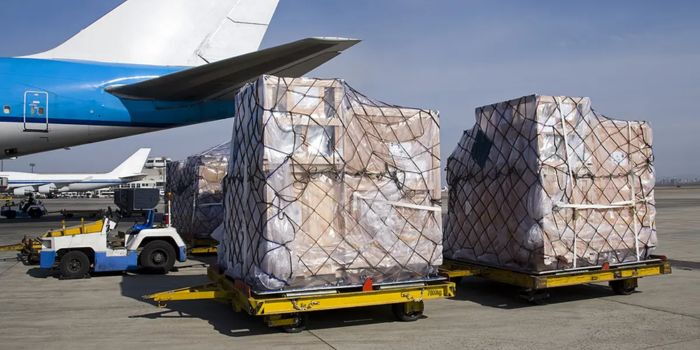The cost of sending money home from abroad remained high in the one-year period ending December 2023, significantly affecting the continent’s remittance inflows. According to the World Bank’s latest Migration and Development report, the global average cost of sending $200 stood at 6.4 percent of the amount being sent in the fourth quarter of 2023. This marks an increase from 6.2 percent a year earlier and remains well above the Sustainable Development Goal (SDG) target of three percent.
In Sub-Saharan Africa, sending the same amount cost an average of 7.9 percent, almost unchanged from the previous year. For Kenya, this translates to nearly Sh2,000 of every Sh25,800 sent being used for transmission costs.
The World Bank noted that the increased cost negatively impacted the inflows to the African continent, with Sub-Saharan Africa seeing a decline of 0.3 percent to $54 billion in 2023. In contrast, remittance flows increased significantly to other developing regions: Latin America and the Caribbean (7.7%), South Asia (5.2%), and East Asia and the Pacific (4.8%, excluding China).
Countries in Sub-Saharan Africa that heavily depend on remittances include the Gambia, Lesotho, Comoros, Liberia, and Cabo Verde.
Despite the high costs, the report projects a 1.5 percent growth in remittance flows to Sub-Saharan Africa for this year. However, potential risks to this projection include weaker than expected economic growth in high-income migrant-hosting countries and volatility in oil prices and currency exchange rates.
The World Bank emphasizes that remittances remain a crucial source of external finance for developing countries, supporting current accounts and addressing challenges such as food insecurity, drought, supply chain disruptions, floods, and debt-servicing difficulties. In 2023, remittances surpassed foreign direct investment (FDI) and official development assistance (ODA) in importance.

